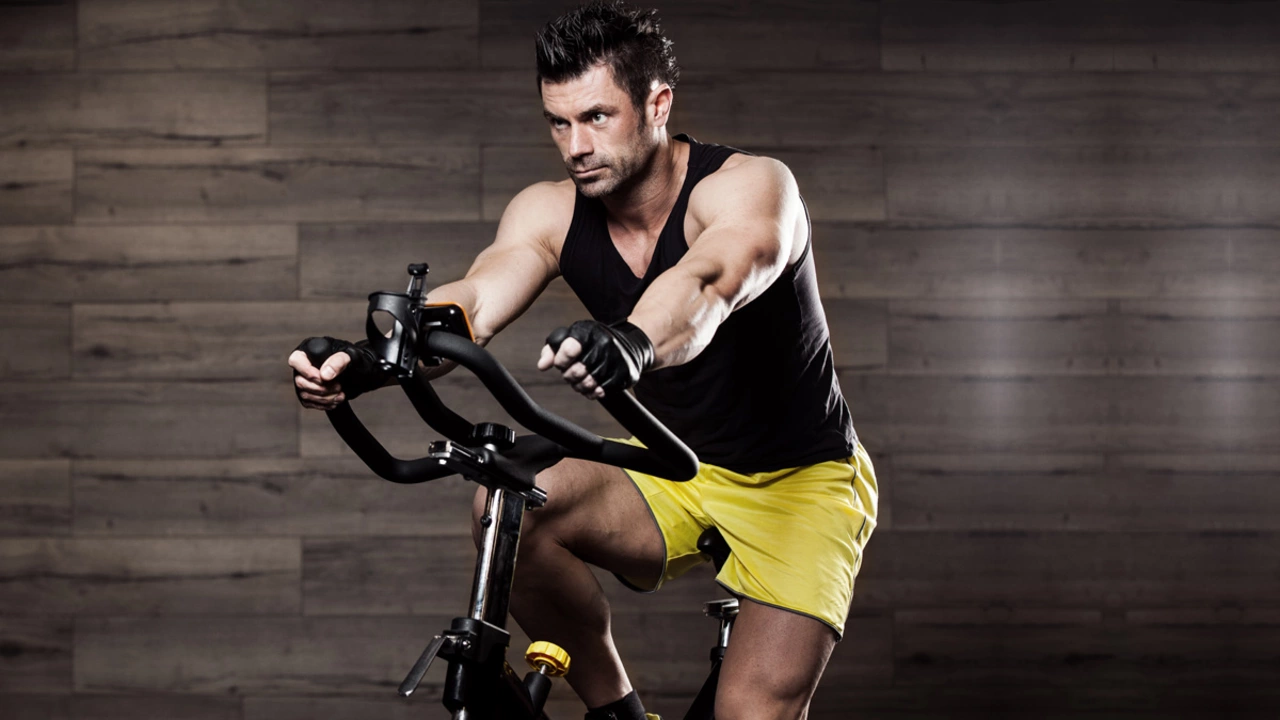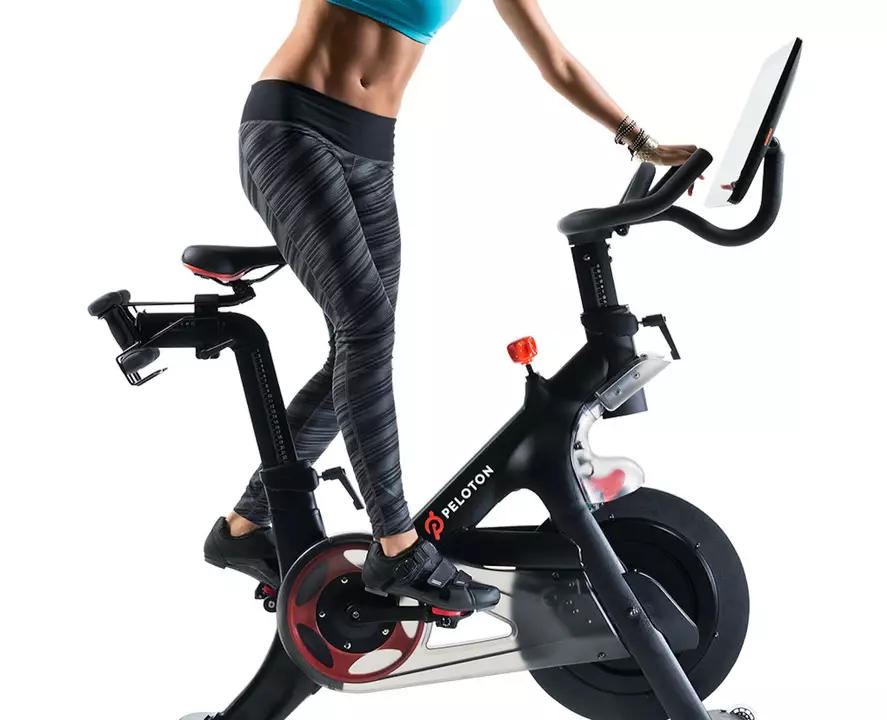SEARCH
Health and Fitness Hacks for BMX Riders
Whether you’re grinding rails or just cruising the park, staying fit makes every trick easier. Below are three real‑world tips that can level up your rides right away.
Exercise bikes: The indoor sidekick you didn’t know you needed
Exercise bikes give you a low‑impact cardio workout that’s easy on the knees but still burns calories. You can dial the resistance up or down, so beginners and seasoned riders both get a challenge. Because the bike stays in one place, you can squeeze a quick 20‑minute session in between work or school. Consistent rides improve leg strength – the same muscles you use to pedal out of a bowl or push off a ramp. Think of it as a safe, weather‑proof way to keep your legs strong when you can’t hit the track.
How fast will you see results from cycling?
Most riders notice a boost in stamina after about a month of regular rides – that means 3‑4 times a week, 30‑45 minutes each session. Muscle tone starts to show a little sooner, especially in the quads and calves. If weight loss or a specific speed goal is on your list, you may need more time and a focused diet plan. The key is consistency: missing a week can set you back a few days, but getting back on the bike quickly restores the progress.
Speed isn’t the only measure of success. Pay attention to how you feel after a ride. Less shortness of breath, smoother recovery, and more energy during the day are solid signs that your fitness is improving.
Indoor cycling and posture: Can it make you look taller?
Indoor cycling won’t actually add inches to your bones, but strong core and hip muscles do improve posture. When you sit tall on a bike, you’re training the muscles that keep your spine straight. Better posture can make you appear a few centimeters taller and, more importantly, reduces back pain that often holds riders back.
To get the most out of indoor rides, focus on a neutral spine, engage your abdominal muscles, and avoid hunching over the handlebars. Add a few minutes of stretching after each session – hamstring and hip flexor stretches keep the hips open and support a straight back.
Combine these three ideas – regular exercise‑bike sessions, consistent outdoor cycling, and posture‑focused indoor rides – and you’ll notice stronger legs, better endurance, and a more confident ride. The best part? All of them fit into a busy schedule, so you can keep improving without missing a beat.
Ready to put these tips into action? Grab your bike, set a timer for a 20‑minute spin on the exercise bike, and plan a three‑day‑a‑week outdoor ride. In a month, you’ll see real changes – both on the track and in how you feel day‑to‑day.

Are exercise bikes effective?
From my personal experience and research, exercise bikes are indeed effective for maintaining physical fitness. They offer a low-impact cardio workout that's easy on your joints while still providing a solid calorie burn. Exercise bikes also provide the option to adjust your workout intensity, making it suitable for all fitness levels. Plus, they are excellent for people who prefer indoor workouts. So, if you're looking for a versatile piece of fitness equipment, an exercise bike is a worthy investment.
Continue reading
How long does it take to see results from cycling?
I've recently been looking into how long it takes to see results from cycling, and it seems the answer varies for each individual. Generally, it takes about a month of consistent cycling to notice improvements in fitness and muscle tone. However, weight loss and other specific goals might take longer, depending on factors like diet and exercise intensity. In any case, it's important to remember that progress takes time and commitment, so don't get discouraged if you don't see immediate results. Just keep pedaling, and enjoy the journey!
Continue reading
Can indoor cycling increase height?
I recently came across a fascinating topic about whether indoor cycling can increase height. After doing some research, it appears that while indoor cycling may not directly increase one's height, it does promote better posture and muscle development, which can give the illusion of being taller. Additionally, cycling is an excellent form of exercise that helps maintain overall health and fitness. So while it may not make you taller, indoor cycling can definitely make you look and feel better! Give it a try and see the benefits for yourself.
Continue reading